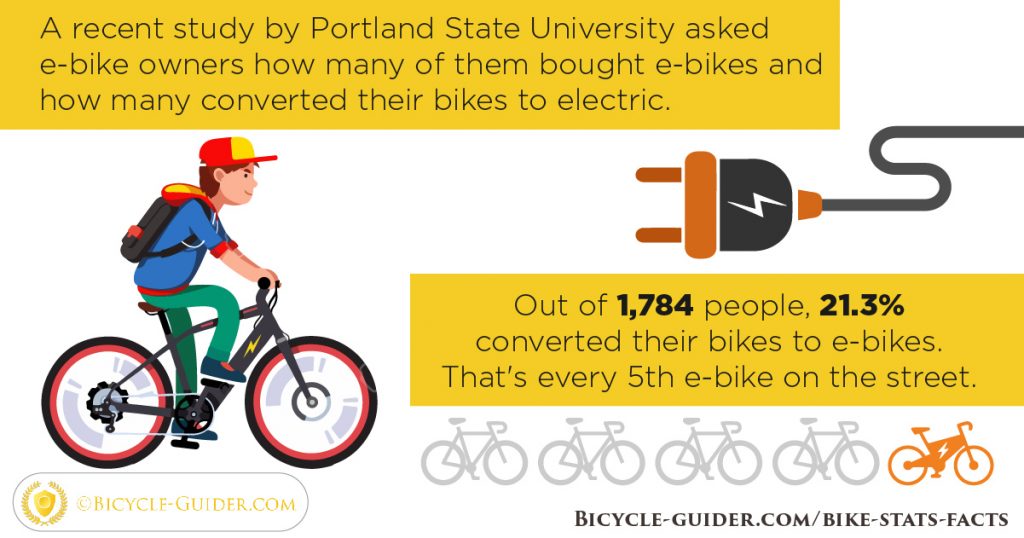A Beginner'S Guide To E-Bike Rules And Rules In Your City
A Beginner'S Guide To E-Bike Rules And Rules In Your City
Blog Article
Content Writer-Padilla Hebert
Prior to you hop on your e-bike and hit the streets, it's crucial to recognize the legislations and policies that control your city. From https://www.railstotrails.org/trailblog/2022/april/14/slow-down-and-enjoy-the-trail-with-these-e-bike-tales-and-tips-from-izip/ to marked riding locations, there's a lot to consider to guarantee you're certified and safe. By https://fat-ebike-for-sale42086.frewwebs.com/33601888/the-definitive-electric-bike-care-manual-for-enhanced-resilience on your own with the policies certain to e-bikes, you'll be better furnished to enjoy your rides without any unanticipated lawful issues. Keep tuned to discover key understandings that will certainly help you navigate the e-bike landscape in your city effortlessly.
Recognizing E-Bike Classification
When it pertains to navigating the world of e-bike regulations and policies, a crucial starting point is recognizing the classification system that categorizes these electric bicycles. E-bikes are commonly categorized right into 3 major groups: Class 1, Class 2, and Class 3.
Class 1 e-bikes are pedal-assist only, meaning they provide aid while the rider is pedaling and have a maximum speed of 20 miles per hour. These bikes are allowed in locations where typical bicycles are allowed.
Course 2 e-bikes are equipped with a throttle that can thrust the bike without pedaling. They additionally have a maximum speed of 20 miles per hour and are suitable for motorcyclists who might need assistance without pedaling continuously.
Course 3 e-bikes resemble Class 1 but with a higher maximum speed of 28 miles per hour. These bikes are typically restricted from particular bike courses or trails as a result of their greater rates.
Understanding these categories is necessary for complying with neighborhood regulations and making certain a risk-free and satisfying e-biking experience.
Navigating Speed Limitations and Constraints
To successfully browse e-bike laws and laws, it's vital to comprehend the speed limits and constraints that relate to different courses of electric bicycles.
Speed limits for e-bikes vary relying on the classification of the bike. Class 1 e-bikes, which are pedal-assist only and have a maximum speed of 20 miles per hour, are typically permitted on bike lanes and paths.
Course 2 e-bikes, which have a throttle along with pedal-assist and additionally reach rates of up to 20 mph, may be limited in particular locations where motorized vehicles aren't allowed.
Course 3 e-bikes, with pedal-assist up to 28 mph, are typically called for to follow the exact same guidelines as standard bicycles.
It is very important to adhere to these speed limits and constraints to ensure your safety and security and the security of others on the road. Prior to riding https://reidxcimq.elbloglibre.com/33014333/the-crucial-manual-for-preserving-electric-bikes-to-make-sure-longevity -bike, acquaint yourself with the certain regulations in your city to stay clear of any kind of possible fines or legal issues.
Where to Ride Your E-Bike
To identify where you can ride your e-bike, it's necessary to be aware of the laws and standards details to your place. In many areas, e-bikes are generally enabled on roads and streets where conventional bicycles are allowed. This might consist of bike lanes, bike courses, and shared highways. Nevertheless, it's crucial to check local laws as some cities might have details constraints on where e-bikes can be ridden.
When riding your e-bike, always prioritize security by complying with web traffic regulations and appreciating pedestrian walkways. Furthermore, bear in mind any kind of designated bike lanes or courses in your location and use them whenever feasible to guarantee a smoother and much safer ride.
Some cities also have guidelines regarding e-bike use on walkways, so make sure to acquaint yourself with these guidelines to avoid any type of penalties or penalties.
Final thought
Since you're familiar with the legislations and policies surrounding e-bikes in your city, you can with confidence hit the trail understanding where you can ride and what limitations relate to your e-bike classification. Remember to constantly focus on security and adhere to the guidelines to make certain a smooth and legal adventure. Happy riding!
